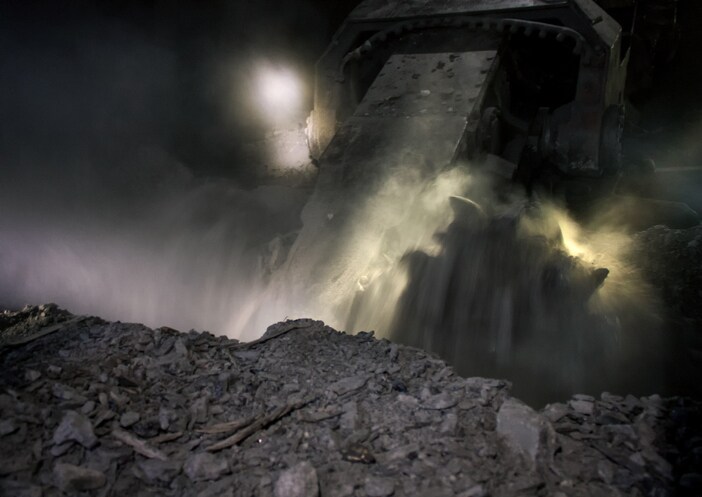 Our sister blog, Advancing Mining, discusses the Scranton, Pennsylvania, celebration of coal mining this month, which played a significant role in Pennsylvania history during the Industrial Revolution. But let’s discuss how there could be a danger in that coal dust — one that could compromise the health and safety of miners.
Our sister blog, Advancing Mining, discusses the Scranton, Pennsylvania, celebration of coal mining this month, which played a significant role in Pennsylvania history during the Industrial Revolution. But let’s discuss how there could be a danger in that coal dust — one that could compromise the health and safety of miners.
The Centers for Disease Control and Prevention (CDC) has noted in the past that exposure to dust in coal mines can cause several lung diseases, including black lung, silicosis, chronic obstructive pulmonary disease (COPD), bronchitis, and emphysema.
The CDC’s National Institute for Occupational Safety and Health (NIOSH) reported that “From 2007 through 2016, coal workers’ pneumoconiosis (CWP) has been the underlying or contributing cause of death for 4,118 miners and a total of 75,178 miners from 1970 through 2016. More than $47.168 billion dollars in federal compensation has been paid to miners and their families from 1971 through 2019 for claims filed under the Black Lung Benefits Act.”
The CDC notes that Black Lung can be prevented by measuring and controlling respirable coal mine dust exposures, and by early disease detection through lung screening and surveillance.
NIOSH offers these published resources for the mining industry to assist their effort to control dust and diesel exposure: Best Practices for Dust Control in Coal Mining, Best Practices for Dust Control in Metal/Nonmetal Mining, the second edition of the Dust Control Handbook for Industrial Minerals Mining and Processing, and Diesel Aerosols and Gases in Underground Mines: Guide to Exposure Assessment and Control.
NIOSH research produced a personal dust monitor that can provide an accurate measurement of airborne respirable dust immediately at the end of a mine workers’ work shift. The instrument also provides in-shift information that the worker can use to identify potential overexposures and then implement changes to reduce his or her exposure. This instrument was approved by NIOSH and MSHA for use as a continuous personal dust monitor (CPDM). As part of the 2014 MSHA dust rule, mine operators are required to use this instrument to measure dust exposure in underground coal mining operations to demonstrate compliance with the applicable dust limit.
A real-time dust monitor is the first line of defense in preventing long-term health effects. The battery-operated dust monitoring device tracks the shift-average respirable dust exposure as it approaches regulatory limits. Three primary, real-time measurements are provided: primary current mass concentration, primary cumulative mass concentration and percent of limit. Two secondary user-initiated measurements are also available and can be performed without interfering with the primary sample. This technology provides mine workers and management with the tools for personal coal dust monitoring, thus helping to reduce their exposure. (A video of how a personal dust monitor works can be viewed on this page.)
You can read about the risks, the legislation, health facts, and the personal dust monitor technology in our previously published articles:



Leave a Reply